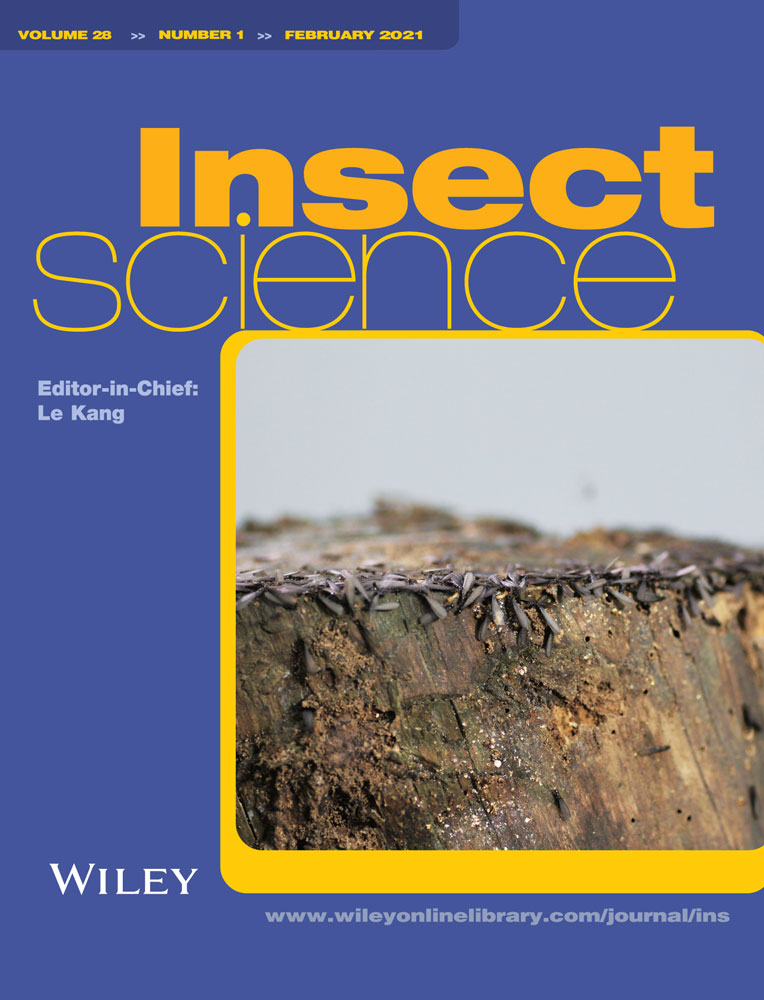How behavioral plasticity enables foraging under changing environmental conditions in the social wasp Vespula germanica (Hymenoptera: Vespidae)
Abstract
The foraging strategy at abundant resources of the social wasp Vespula germanica includes scanning in the direction of the nest while memorizing resource-specific landmarks and contextual cues. In the present study, we sought to explore wasps’ behavioral plasticity on foraging trips to resources whose location and composition changed after a single visit. We evaluated how contextual modifications of food displacement and replacements 60 cm apart from the original site, affect re-orientation for re-finding previously memorized food resources. The results showed that wasps detected and collected the resource faster when more changes were introduced on the following visit. If returning foragers discovered several modifications on both the location and the kind of resource, they collected food more rapidly from the displaced dish, than if only a single parameter in the environment had been changed. These findings illustrate the grade of behavioral plasticity in V. germanica while foraging on abundant resources, which may contribute to the understanding of the prodigious invasive success of this species in anthropized environments.




